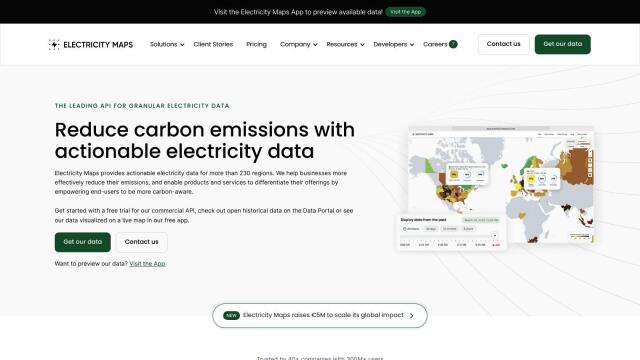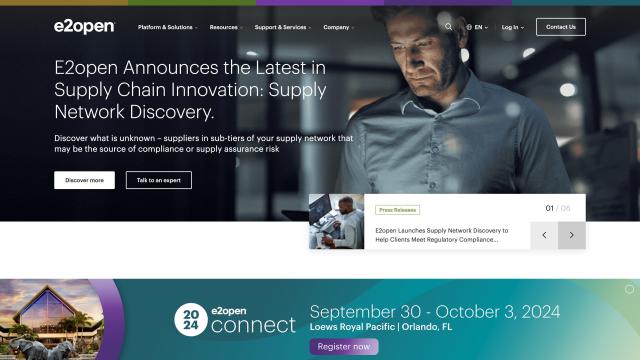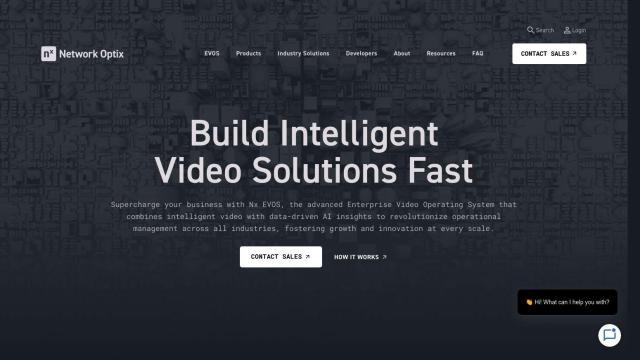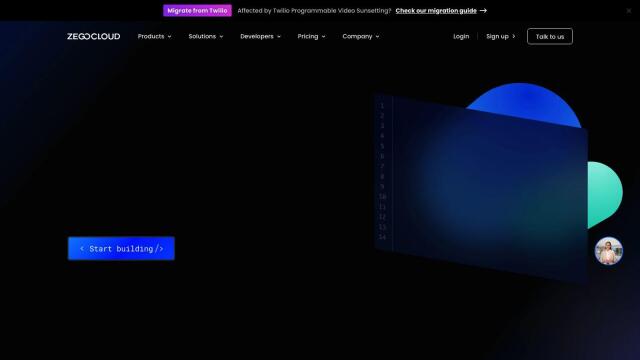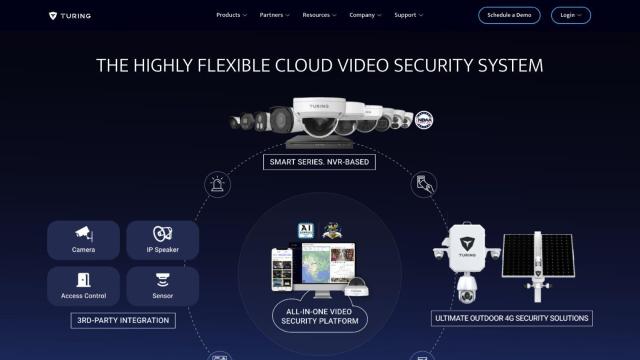Question: I need a cloud-based media supply chain platform that can help me reduce costs and carbon footprint for live events and news broadcasting.


TVU
If you're in the market for a cloud-based media supply chain platform to cut costs and carbon emissions for live events and news broadcasts, TVU is a strong contender. TVU is a cloud and hybrid media supply chain platform for live video transmission, production, routing and playout over IP, 5G and AI networks. It offers a suite of on-premise and SaaS products, including the ONE4G/5G Cellular Bonded Live Transmitter and the TVU Producer cloud-based live production platform, that can dramatically lower broadcast costs and carbon emissions. TVU has been used in high-profile events like the Olympics and the Super Bowl for high-quality, low-cost live transmission and advanced multi-camera productions.

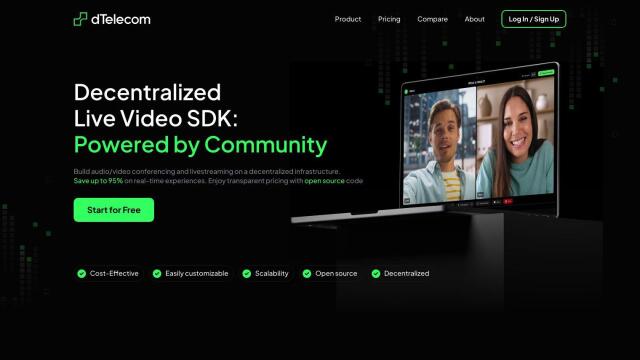
dTelecom Cloud
Another option is dTelecom Cloud, a decentralized live video SDK that embeds audio/video conferencing and live streaming directly into apps. The platform offers competitive pricing, with costs up to 95% lower for real-time experiences, and a global decentralized mesh network for low latency and high availability. Its transparent pricing based on bandwidth usage and open-source media server means it's a cost-effective option for live events and news broadcasting.

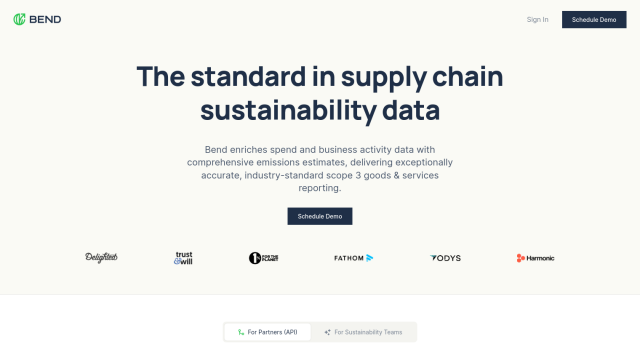
Bend
For companies trying to manage and minimize their supply chain carbon footprint, Bend is a good option for building in detailed emissions estimates into financial data. It offers a range of options for estimating emissions, including Merchant Level, Product Level, Category Level, and Activity Level, and has an Itemized Receipt API for digitizing purchase data. Bend's scalable and secure system can help companies lower costs and reduce carbon emissions by giving them a better understanding of what's going on in their supply chain.

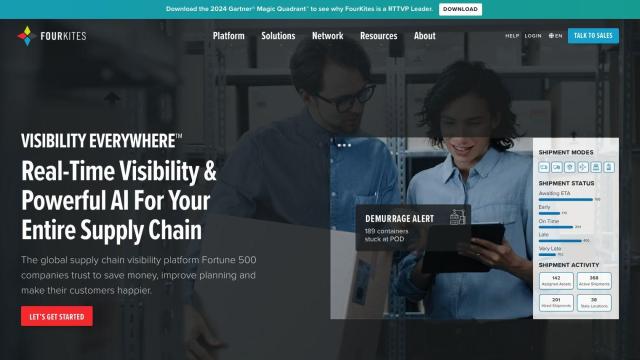
FourKites
Last, FourKites is a real-time supply chain visibility platform that can give companies end-to-end visibility into their global supply chains. The platform can help companies lower costs, improve responsiveness and meet sustainability and ESG goals by combining real-time visibility, predictive ETAs and a sustainability hub for analyzing emissions data. It can handle complex global supply chains, so it's a good fit for companies that want to optimize their supply chain operations while minimizing their environmental footprint.

